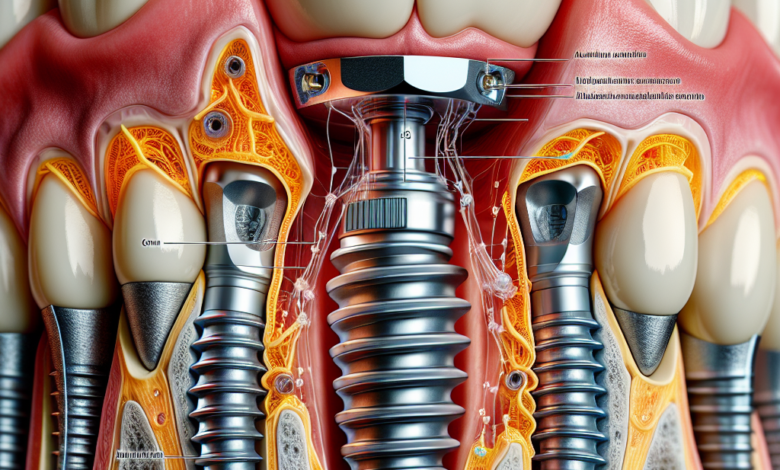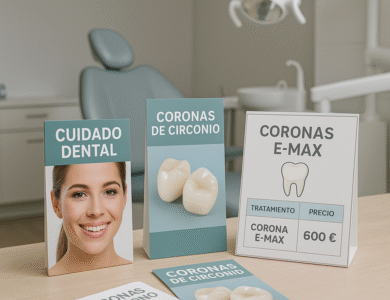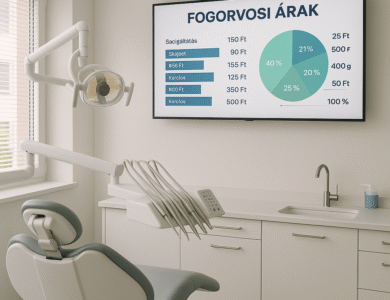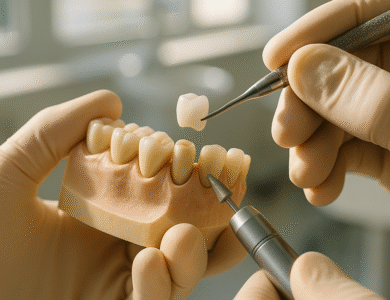
How Do Dental Implants Function: Key Insights for Safe Treatment in 2025
How Do Dental Implants Function: Key Insights for Safe Treatment in 2025
Dental implants are a popular and effective solution for replacing missing teeth. Understanding how do dental implants function can help patients make informed decisions about their oral health. In this article, we will explore how do dental implants function, their components, the step-by-step process, and the benefits they offer.
Understanding How Do Dental Implants Function
A dental implant is a titanium post surgically inserted into the jawbone to serve as a substitute for tooth roots. This post provides a strong foundation for replacement teeth, such as crowns, bridges, or dentures. Knowing how do dental implants function helps patients appreciate why this solution is durable and reliable.
The Components of a Dental Implant
Dental implants consist of three main components:
- Implant Post: The titanium screw that is placed into the jawbone.
- Abutment: A connector that sits on top of the implant post, providing a stable base for the crown.
- Crown: The artificial tooth that is designed to look, feel, and function like a natural tooth.
Step-by-Step: How Do Dental Implants Function
The process of getting dental implants involves several stages:
-
Initial Consultation: A dentist evaluates oral health, discusses options, and conducts imaging to determine jawbone density.
-
Surgery: The titanium implant post is placed in the jawbone through minor surgery, usually under local anesthesia.
-
Osseointegration: Over the next few months, the jawbone integrates with the implant post, forming a strong bond. This is a critical part of how dental implants function.
-
Placement of Abutment: After osseointegration, an abutment is placed on the implant, providing a base for the crown.
-
Crown Placement: A custom-made crown is attached to the abutment, completing the dental implant process.
Benefits of Dental Implants
Dental implants offer several advantages over traditional dentures and bridges, such as:
- Enhanced aesthetics: They look and feel like natural teeth.
- Improved oral health: They do not require alteration of adjacent teeth.
- Durability: With proper care, implants can last a lifetime.
- Functional support: They restore chewing efficiency and speech clarity.
Maintenance of Dental Implants
Caring for dental implants is similar to natural teeth. Regular brushing, flossing, and routine dental check-ups are essential. Understanding how dental implants function also highlights the importance of proper hygiene to prevent peri-implantitis, an infection that can affect implants and surrounding tissues.
FAQs About Dental Implants
What is the success rate of dental implants?
The success rate of dental implants is generally high, ranging from 95% to 98% for well-maintained implants.
Can anyone get dental implants?
Most adults with healthy gums and sufficient bone density can receive dental implants. However, individuals with certain medical conditions may need to consult with their dentist to assess suitability.
How long does the dental implant process take?
The entire dental implant process can take several months, primarily due to the osseointegration phase. Most patients can expect to receive their final crown within 3 to 6 months after the initial implant surgery.
Are dental implants painful?
While some discomfort is expected after surgery, it can be managed with prescribed pain medication. Most patients report minimal pain during and after the procedure.
Can implants replace multiple teeth?
Yes, implants can support single crowns, bridges, or even full arches, depending on individual needs.
Conclusion
Understanding how do dental implants function is key to appreciating the benefits of this innovative dental solution. By knowing the steps and mechanics of dental implants, patients can make informed choices for a healthy, lasting smile. If you are considering dental implants, consult your dentist to learn more and see if they are right for you.
If you’re considering dental implants, take the first step by contacting a local specialist today. Additionally, download Docintur to connect with physicians, hospitals, and clinics easily. For inspiring before-and-after photos about oral and dental health, visit docintur.com.





